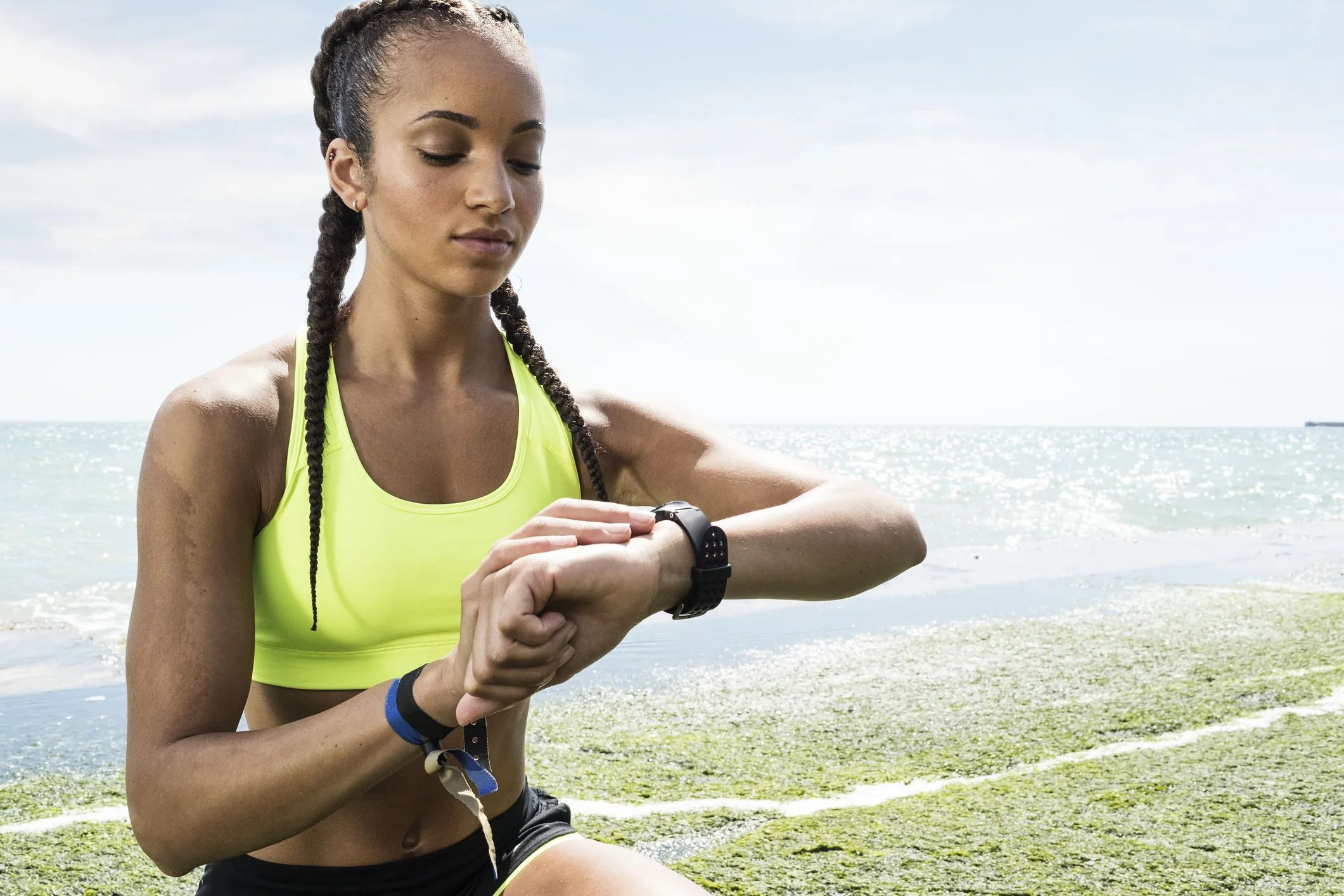As COVID-19 continues to wreak havoc across the globe, we humans continue to innovate ways to prevent, detect and fight it. From home tests to performance face masks, new products are popping up every day. However, one you already have might prove to be one of the best allies in this battle: your fitness tracker.
Major sports associations and leagues are already using trackers to try to pick up early warning signs of the virus, while researchers and the brands themselves continue to study and develop technology to improve detection capability. With that in mind, here are some of the most commonly asked questions on the topic, along with the best answers we have right now.
What business do fitness trackers have playing doctor?
While fitness trackers were obviously not originally designed for this purpose, some of the biometrics they track just happen to be early indicators of coronavirus — or at least some of its symptoms. The most notable factors these products can monitor include higher body temperature, heart rate changes and low blood-oxygen levels.
Which fitness trackers can do this?
Any tracker that can accurately measure fluctuations of any of those three biometrics can potentially pick up symptoms. Some of the most prominent makers at the moment include Whoop, Oura, Fitbit, Apple and Garmin.
Which indicator is the most reliable?
Right now, that would be heart rate changes. Temperature tracking is less useful because more than half of people who contract coronavirus never run a fever — and people who do are actually infectious before that symptom appears. Meanwhile, low blood-oxygen levels are best used for gauging the severity of the illness for those already diagnosed with the virus. However, a rise in the resting heart rate, combined with a few other factors, is already proving to be a strong signal of the virus.
What kind of research is going into this stuff?
A number of major studies are underway right now, including at King’s College London (home of the COVID-Collab research team), the Scripps Research Translational Institute, the Stanford Medicine Healthcare Innovation Lab, the University of California-San Francisco and West Virginia University.
What’s the most encouraging finding so far?
Probably an early WVU study that combined Oura Ring data with artificial intelligence models. Preliminary results indicated the ability to predict COVID-19 symptoms three days early with more than 90 percent accuracy. However, that study had just 600 participants, a relatively small sample size. The next step for those same researchers is a 10,000-subject study that will hold a lot more scientific water.
And major sports leagues are embracing the potential?
Yes. For example, the PGA Tour has supplied players, caddies and other essential personnel with Whoop straps, while the NBA has ordered up more than 2,000 Oura Rings to distribute to players in the bubble.
So… will my fitness tracker tell me if I have COVID-19?
Not yet. However, Fitbit is researching a system that could in fact alert users with warning signs, instructing them to quarantine and later get tested if additional symptoms surface.
What else is on the horizon?
Probably the most interesting approach to tracking COVID-19 symptoms is a sensor developed at Northwestern University’s biomedical engineer lab. It sticks to the base of your neck and monitors temperature, heart rate, body motion and, most notably, vibratory signatures such as coughing. That’s significant because COVID-19 patients can cough as much as 100 times per hour, well above the figure for the average person. Along the same lines — but without the need to slap a sticker on your neck — Swiss scientists are researching whether COVID-19 coughs have a distinct quality that could, in the future, be detected by a smartphone app.
Anything else I should know?
Perhaps the smartest development going on in this space right now is less personal and more global. The Mass Science app from King’s College is in part attempting to collect enough data from fitness tracker users to target early warning signs of COVID-19. However, one of the other big aims is gathering enough information to actually track the disease locally and across the country. Such a breakthrough could help health professionals better understand both the symptoms and measures that can slow the spread — so we can all get back to relying on our fitness trackers for less serious matters, like counting steps.
